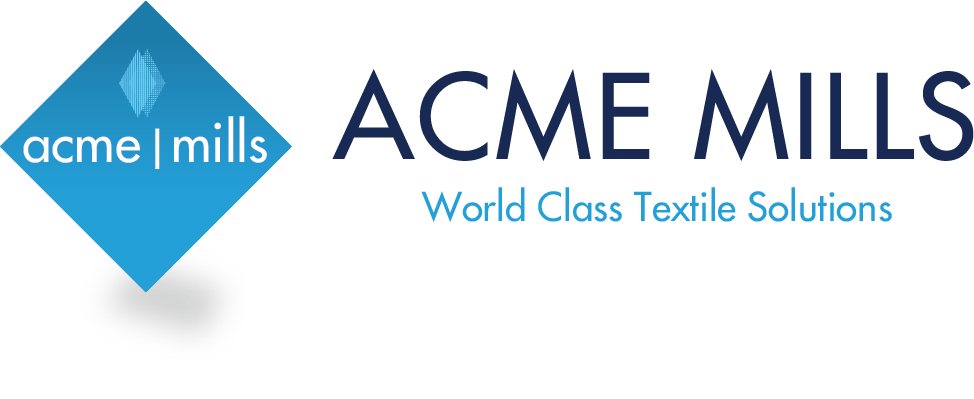Non-woven fabric, a textile marvel, is crafted from a blend of staple and long fibers bonded through chemical, mechanical, heat, or solvent treatments. In the textile manufacturing realm, it represents fabrics like felt, distinct from traditional weaving or knitting.
This exploration delves into the diverse world of non-woven fabrics, categorizing them into eight types based on distinct manufacturing processes.
Spunlace Nonwovens:
- Direct use of polymer slices, short fibers, or filaments forms a network through air or mechanical methods, followed by processes like spunlace, acupuncture, or hot-rolling for reinforcement. Applications include facial mask fabric, medical non-woven fabric, wet wipe fabric, and non-woven filter fabric.
Heat-bonded Nonwoven Fabrics:
- Fibrous or sticky reinforcement material is added to the fiber network, which is then consolidated into cloth through heating and cooling.
Pulp Air-laid Nonwovens:
- Also known as dustless paper or dry paper nonwovens, this type employs air-laid technology to transform wood pulp fiberboard into single fibers. The fibers agglomerate on a net curtain through airflow, creating a consolidated fiber web.
Wet-laid Non-Woven:
- Fibrous raw material is opened in an aqueous medium into single fibers, forming a fibrous suspension slurry by mixing different fiber raw materials. This slurry is then transported to a mesh-forming mechanism where wet fibers are laid to form a cloth.
This exploration of non-woven fabrics provides a comprehensive guide to understanding their types, manufacturing processes, and diverse applications.
Click here to explore Acme Mills’ expertise in non-woven fabric solutions.
Photo and article with all rights reserved, courtesy of textiletoday.com










